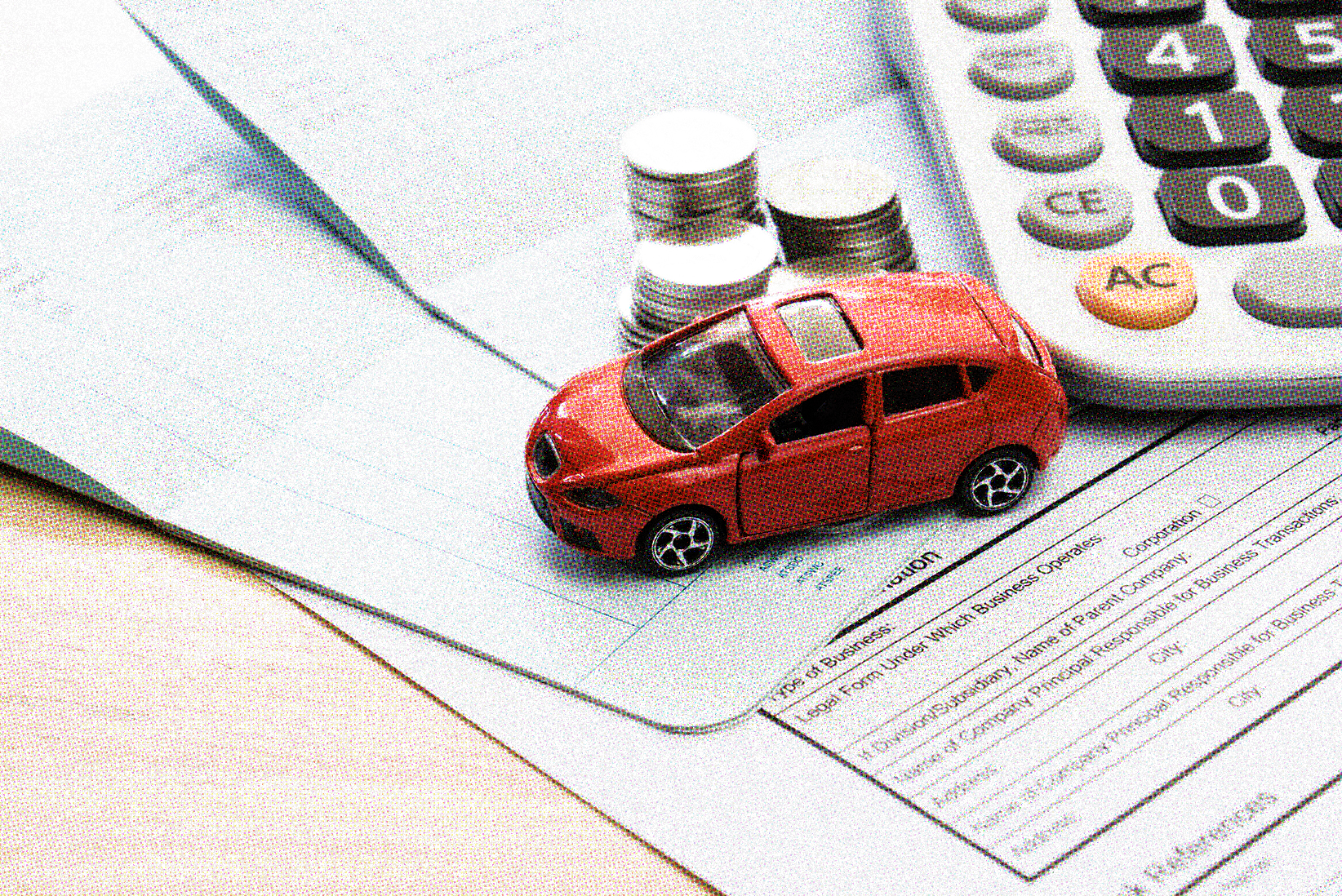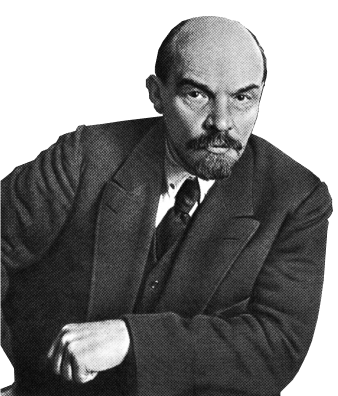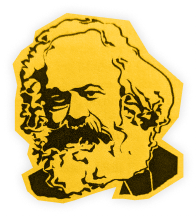
Since the start of 2020, Albertans have been reeling under the effects of massive auto insurance premium hikes. In 2020, insurance companies raised auto insurance premiums by 7.6 per cent on average. This number is even higher for young drivers, who had their premiums hiked by up to 28.7 per cent. Meanwhile, the insurance companies raked in $1.3 billion in gross profit in 2020, as new Government of Alberta statistics show.
Who do the insurance capitalists have to thank for this? The United Conservative Party (UCP) government, which lifted the five per cent cap on insurance rate increases in 2019. Knowing ordinary working people would be furious over the massive profits, the UCP delayed publishing the report that revealed these numbers for more than a year. Previously, this report on the insurance industry usually arrived at the year’s end. They still have not published the 2021 report, which normally would have come out on Dec. 31, 2021.
It’s true that people drove less during the pandemic, so there were fewer car crashes, meaning fewer insurance claims. A large slice of the $1.3 billion in profits comes from this. But as third-party analysis shows, the insurance companies saved about $750 million due to the pandemic. In other words, profits would have still been massive—around $550 million without the pandemic.
When the report came out, it triggered a debate in the press and online. Premier Jason Kenney was called to enter the arena. When a reporter asked him about high insurance rates, he replied, “We Albertans believe in markets. We don’t believe in socialism.” He went on, saying the provincial New Democratic Party (NDP) wants to bring in “Soviet-style” insurance, and added that premiums are “now coming down”. Finance Minister Travis Toews likes to bring up the same point. What they both neglect to mention is that rate reductions since 2020 were by a pitiful two per cent.
Besides all these word games, there’s the blatant corruption behind the UCP’s actions. In 2019, Kenney’s chief of staff Nick Koolsbergen quit and took up a job lobbying the UCP “war room”. The Alberta NDP reports that Koolsbergen lobbied the government on behalf of the insurance industry just before they lifted the rate cap. And this is not just bluster from the NDP. Even Rick Bell of the Calgary Sun concurs. In other words, it’s likely Kenney literally lifted the cap as a favour to his buddy Nick in insurance lobbying.
Aside from posturing about socialism, Kenney claimed lifting the cap was necessary to save a dying industry with unprofitable companies. For years the bourgeois press has been pumping out article after article claiming the same. Mouthpieces of the insurance companies argued that claim costs were “spiraling.”
There’s good reason to doubt this. Firstly, the claim of “spiraling” claims costs was a lie. As independent reports show, when adjusted for inflation, claim costs were steady in the “unprofitable” years from 2015 to 2019. Secondly, if auto insurance was so unprofitable, why did companies continue taking on new customers, meaning they’d lose more money? Thirdly, depending on which analysis you look at, companies did post a profit in 2019, after four years of rate hike caps. Finally, when adjusted for inflation, claims costs have been steady for years. So with rate hikes capped to well above inflation, how could companies magically fail to remain profitable?
It would be astonishing if companies really were unprofitable in 2015–2019. In 2019, they took in $5.4 billion in premiums and paid out $4.3 billion in claims—a gross revenue of $1.15 billion. How did they manage to waste this on operating expenses?
Assuming this was not just due to incompetence, the blame falls squarely on the private-sector model of insurance. Some administration costs are inevitable in insurance. However, when you get in an accident, the companies use their (expensive) armies of lawyers to fight over who has to pay for the repairs. If there are injuries, these parasites fight to pay the victim as little as possible for their pain, suffering, and lost work. Besides the cost of lawyers, they spend huge amounts on advertising, and apparently lobbying as well.
In response to Kenney’s comments, and the outcry over insurance profiteering, Alberta NDP Leader Rachel Notley called for a one year freeze on insurance rate hikes. “We estimate this freeze that we are proposing will save motorists $360 million,” Notley said, adding, “This doesn’t offset all of the cap costs from rising inflation but I would say it’s a good start and it gives some predictability to Albertans who are in desperate need of that.”
Notley is correct in saying this would be a good start, as it would stop the bleeding that these hikes have caused to working class drivers, who are already financially stretched. But this would do little for those who’ve already seen huge increases on their premiums. Nor would it curb rising claims costs from the constant legal battles between insurance companies which are ultimately paid by rising premiums. Caps on rate hikes and rate freezes are not enough to stop capitalist profiteering in the insurance industry. And if insurance costs are seriously restricted by government regulations, insurance companies will revolt and stop offering certain kinds of insurance should they become unprofitable in the long term.
The NDP needs to fight for a single, publicly owned insurance company. If they achieve this, these administrative and legal expenses could be dramatically reduced or eliminated. The majority of that $1.15 billion could have been returned to drivers—who are predominantly working class—as rebates, and rates could be lowered the following year.
For a positive example we can look at Saskatchewan. Saskatchewan has a public insurance system, brought in by Tommy Douglas’s Co-operative Commonwealth Federation (CCF) government in 1948. Saskatchewan has similar road conditions and geography, yet their car insurance is cheaper than in Alberta. They also achieve this without slapping higher rates on certain demographics, like young people. And unlike in Alberta, when Saskatchewan’s public insurance company made $350 million in 2020, they issued a 26 per cent rebate to all drivers. That’s $285 per driver on average. British Columbia is another example. In 2020 B.C.’s publicly owned insurance also made a profit. In response, they lowered rates by 20 per cent, saving consumers an average of $400 a year.
On the other hand, in Alberta the private insurance vultures simply pocketed the money and lowered rates by a measly two per cent. 2021 was likely another record year for insurance profits, though the UCP is still hiding the official numbers like a monster under Kenney’s bed.
Car insurance should cost less because we are driving less. Yet premiums remain sky high. Whether high rates are because of profits or inefficiency, the answer is the same. The private sector cannot be trusted to provide good, cheap insurance to working class people. To fix this, the parasitic insurance companies must be nationalized and run for the good of people, not profits.

